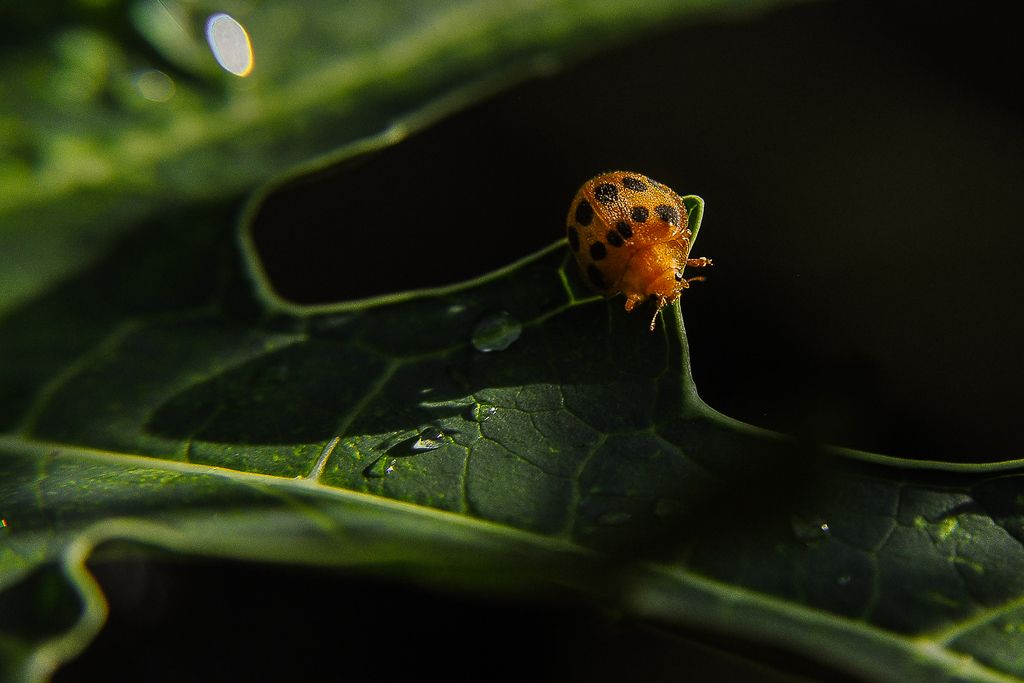Untrimmed Treasures: Your Azalea's Leaf Woes and Fixes
Addressing Azalea Leaf Concerns: Recognize Common Azalea Leaf Problems and Remedy Foliage Troubles
Let's be real, who doesn't love the vibrant hues of azaleas brightening up their garden come springtime? So, it's a bummer when you start noticing some leaf troubles on your prized azalea plants. Don't worry, most of these issues can be tackled with ease if you catch 'em early!
Azaleas are finicky plants that thrive best in a specific environment: well-draining soil with a slight acidity and loads of organic matter. Plus, they're happy campers in part sun or a woodland setting with moderately moist soil. Many azalea problems boil down to overwatering, over-fertilizing, or alkaline soil. Pro tip: Neglect is better than smothering your azaleas with kindness!
Common Azalea Leaf Problems and Solutions
Azalea lacking the usual leafy goodness? Don't sweat it just yet. It could be a temporary climate matter, or in some cases, deciduous azaleas bloom before their leaves emerge. Check the stems to ensure the plant is still alive. If the stems snap easily or when you scrape off the bark, you might be looking at some dead branches. Get your pruning shears and snip away the dying parts, giving your azalea a chance to regrow healthy new foliage.
Shedding leaves? A bit of leaf droppage is normal, especially in the fall. But if your azalea is losing leaves in the spring or summer, it might be experiencing inconsistent watering. Make sure your azalea is getting the right amount of water—not too much and not too little. During hot, dry periods, provide a deep watering (aim for about 1 inch of water per week) to keep your azalea happy and healthy.
Droopy leaves in winter? That's typically a response to cold temperatures but should bounce back once spring arrives. If droopy leaves show up in the summer, it's usually a sign of drought. Address watering issues accordingly, or consider installing a drip irrigation system for more consistent watering.
Yellow leaves? It's time to take a good look at your watering routine, soil nutrients, and fertilizing habits. Soil testing can help determine whether there's a nutrient deficiency or high soil pH (alkaline soil causes problems for azaleas). Correct any nutrient imbalances and adjust your soil's pH as needed.
Scorched leaves? Wind, rainy or cold weather can cause stress on your azaleas, leading to brown leaves. Slowly introduce them to harsher conditions to reduce scorching.
Brown branches and dieback? If this occurs during the spring or summer, it's most likely due to winter injury. Prune off the dead branches, stop fertilizing, and consider planting a more cold-hardy species next time.
Potential Leaf Pests and Diseases
Pests and diseases can sometimes wreak havoc on your azaleas. Keep your plants healthy by watering consistently and giving them regular check-ups for any signs of trouble.
Here's a breakdown of common azalea foliage pests and diseases:
Azalea Leaf Pests
- Spider mites might show up in hot and dry weather, leaving distinctive yellow to white stippling on leaves and webbing in heavier infestations. Keep 'em at bay with regular Neem oil applications to the undersides of leaves.
- Azalea lace bugs create yellowish to whitish speckled leaves with peppered undersides. Control these critters with insecticidal soap or Neem oil, applied to both the tops and undersides of leaves.
- Leaf miners are pests that burrow inside leaves, leaving meandering trails on the outer surface. Unfortunately, chemical control isn't effective for this pesky problem. Just remove the affected leaves if they're the minority—a little pruning never hurt anybody!
Azalea Leaf Diseases
- Leaf fungal spots (from Cercospora species, Septoria species, Phyllosticta species and Colletotrichum species) appear during the growing season and can cause leaves to drop. Fungicides don't much help once the infection is established. Keep your garden clean by raking up and disposing of all fallen leaves to prevent reinfection.
- Azalea leaf gall (caused by Exobasidium vaccinii) gives leaves and buds a pale green or white appearance, turning brown and hard with age. Remove and discard affected parts to prevent further spread.
- Root and crown rot (from Phytophthora species) thrives in poorly-drained areas. If you notice brown wood near the soil line and wilted leaves, it's probably time to choose a more resistant variety and plant them in well-drained soil.
- Powdery mildew leaves a powdery white coating on the foliage. If you catch it early, remove the affected leaves before it spreads. Rake up fallen leaves and improve airflow to prevent recurrence next season.
Troubleshooting Your Azalea Leaf Problems
| Issue | Potential Causes | Solutions ||---------------------|--------------------------------------------------|--------------------------------------------------------------------------|| No leaves on branches| Severe stress, nutrient issues | Improve watering, check soil nutrients, prune dead branches || Leaves dropping | Underwatering, stress | Maintain consistent moisture, water thoroughly || Leaves drooping | Lack of water | Increase watering, mulch for moisture retention || Leaves yellowing | Iron deficiency, poor soil | Apply iron supplements, improve soil drainage and pH || Leaves scorching | Too much sun | Move to partial shade, plant under evergreen trees || Branches dying | Nutrient deficiency, dryness | Address watering and nutrients, prune dead wood |
By keeping a close eye on your azaleas, regular watering, and attentive soil management, you can kick those leaf troubles to the curb and enjoy a beautiful, blooming azalea all season long!
[1] "Azaleas: Planting, Care & Growing Guide." American Meadows, http://www.americanmeadows.com/landscaping/plants/azaleas/[2] "Azalea Care: Growing and Pruning Your Azalea Shrub." Gardening Know How, https://www.gardeningknowhow.com/ornamental/shrubs/azalea/azalea-care-growing-and-pruning.htm[3] "Caring for Azalea Shrubs." Chicago Botanic Gardens, https://www.chicagobotanic.org/gardening/help/project-help/azalea-shrub.aspx[4] "Azalea: Growing, Care, Problems and Varieties." University of Illinois Extension, https://web.extension.illinois.edu/capital1/mastergardener/html/azaleas.html[5] "Azalea: The Complete Guide for Beginners." The Spruce, https://www.thespruce.com/growing-azaleas-375432
Azaleas are not just restricted to the home-and-garden category, but their vibrant hues can also add a touch of beauty to a home-and-garden lifestyle when strategically placed around the property. Keeping your azalea plants healthy requires a keen eye, regular watering, and attentive soil management to avoid potential leaf problems.







